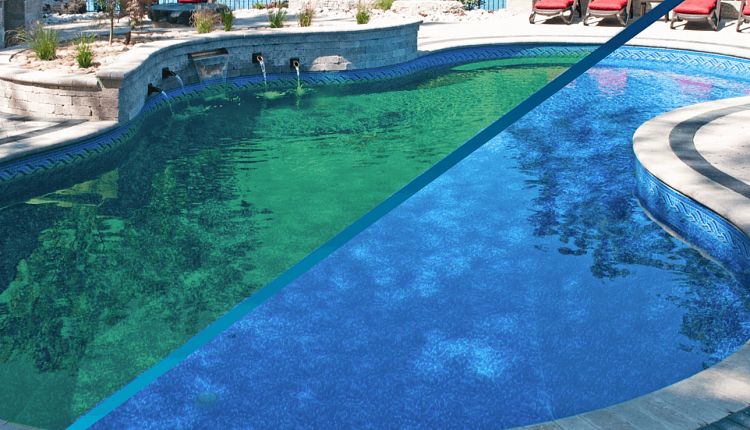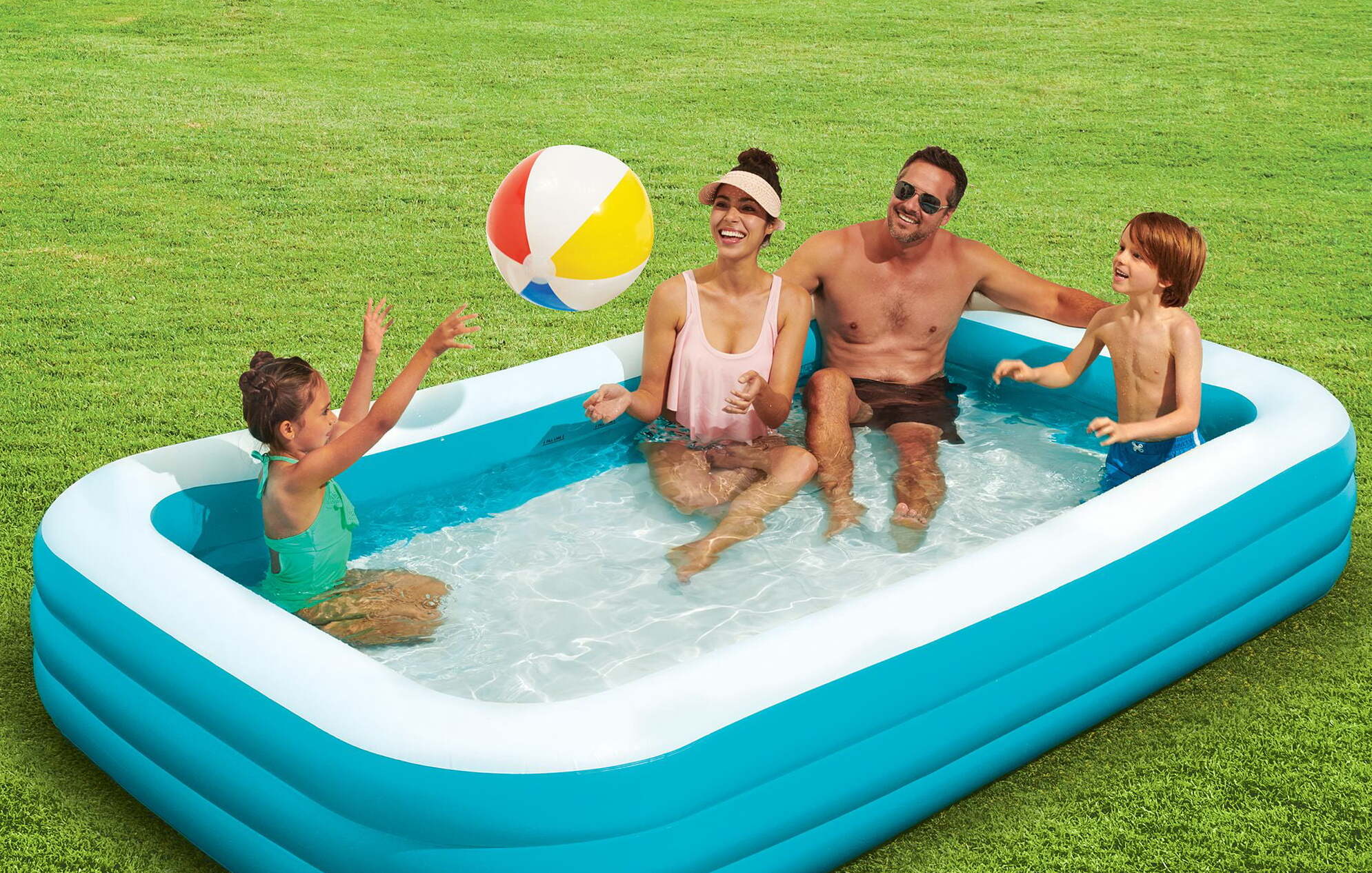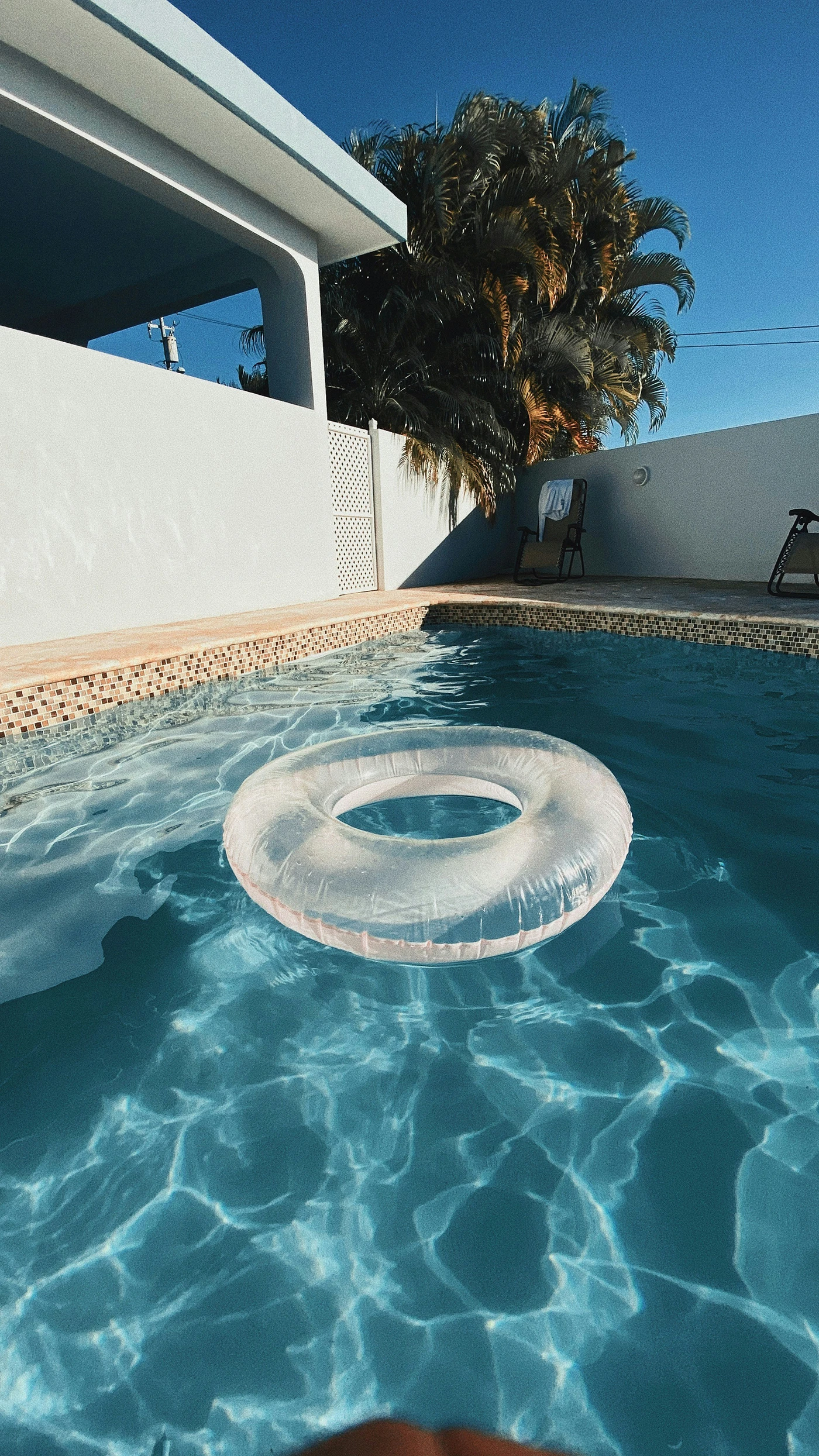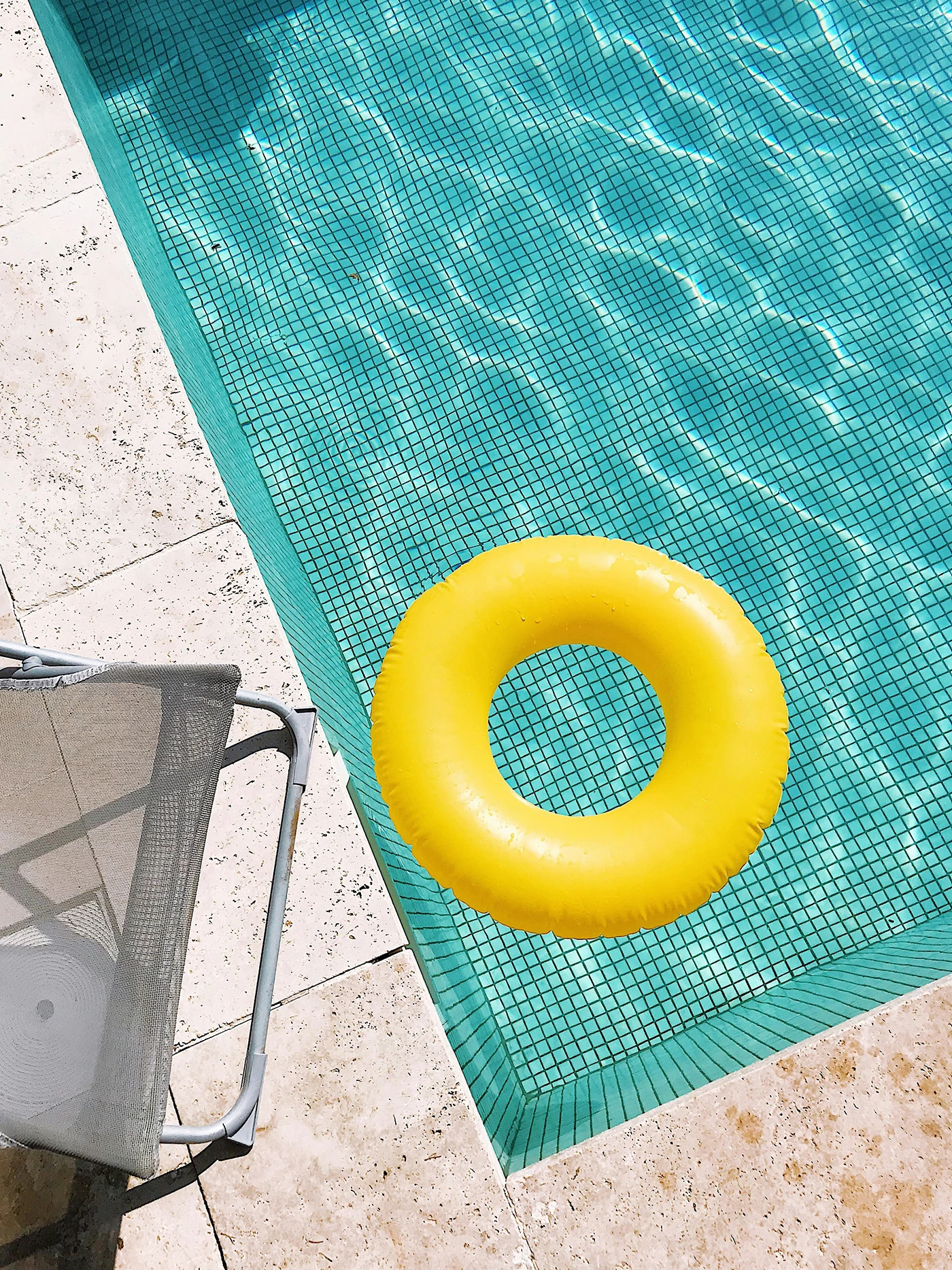Struggling with leaves, dirt, and debris in your pool? Mastering how to pool vacuum manually is crucial for a pristine swimming environment. This guide will walk you through the entire process step-by-step, from assembling your equipment to the cleaning technique that leaves no corner overlooked. Get ready to transform your pool maintenance routine with expert advice that’s clear, direct, and tailored to ensure you achieve that spotless pool finish.
Key Takeaways
- Manual pool vacuums provide unmatched versatility and thorough cleaning, especially in areas where automatic cleaners might not reach effectively.
- Proper equipment function and pool preparation—like ensuring the pool pump is without issues, adjusting the filter settings, and skimming the surface—are crucial for an effective manual vacuuming process.
- Consistent manual vacuuming technique, regular monitoring of vacuum force, and careful post-vacuum care of equipment and filtration systems are vital for maintaining pool cleanliness and water quality.
Pro’s of Manual Pool Vaccuming
Have you ever wondered why seasoned pool owners often keep a manual pool vacuum even if they own an automatic or robotic pool cleaner? The reason is straightforward: manual pool vacuums provide unmatched versatility and cost-effectiveness. While automatic pool cleaners are convenient, they can sometimes miss heavy debris or get stuck in corners. Using a manual pool vacuum allows you to overcome these obstacles adeptly, accessing every corner of your pool floor.
Manual pool cleaners are the go-to option for thorough cleaning, offering the most cost-effective method to keep your pool in top condition without breaking the bank. Although an automatic pool cleaner represents the next level of pool cleaning technology, they work best when complemented by the human touch. Suction and pressure-side cleaners, while effective, may not always capture all the debris, especially in pools with complex shapes or varying depths. Integrating a manual vacuum into your cleaning routine guarantees a swimming pool that’s not just clean, but also meticulously maintained when you clean the pool manually.
Essential Pool Vacuuming Equipment
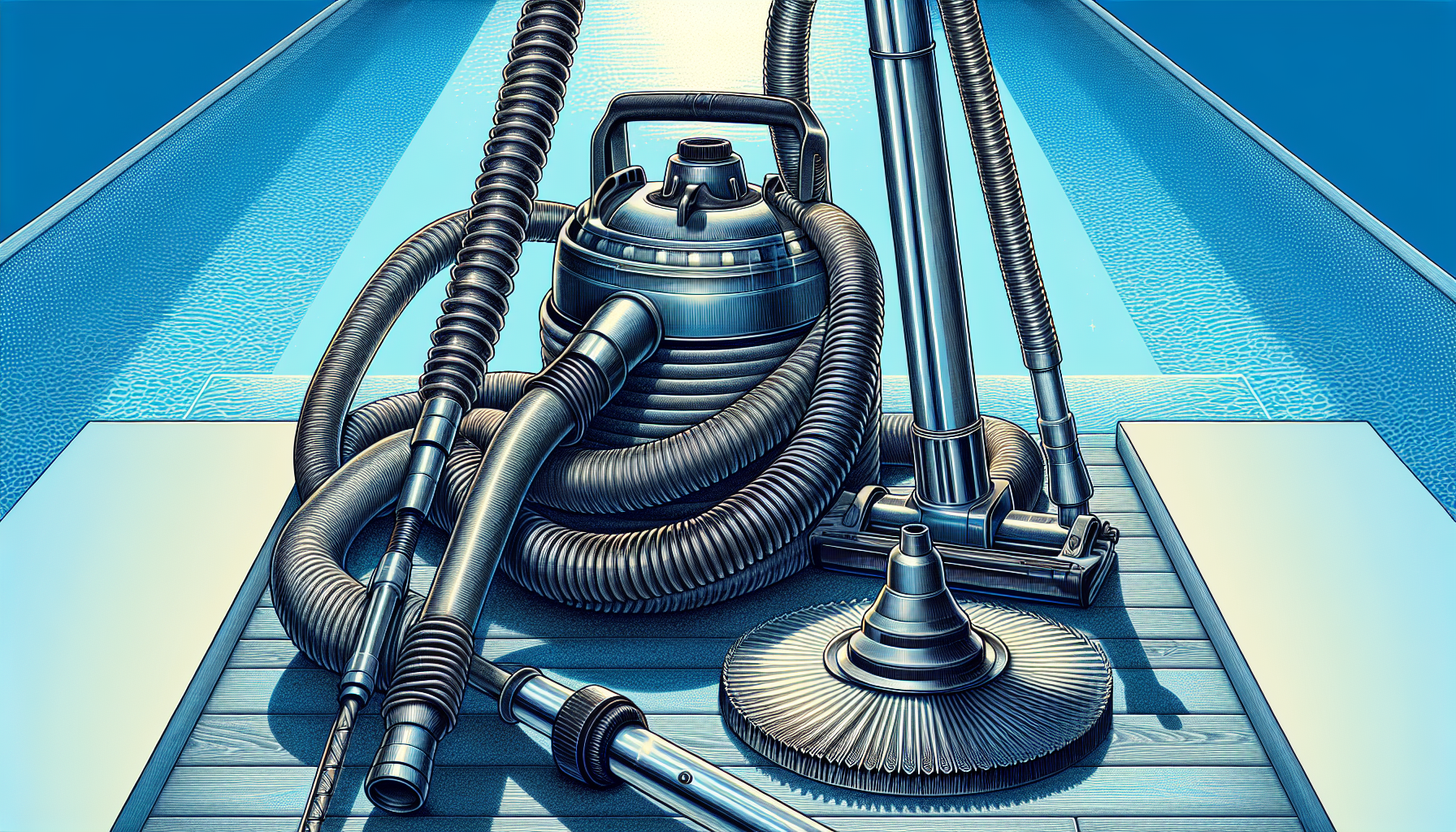
Before we delve into the details of manual vacuuming, it’s worth discussing the necessary equipment you’ll need. At the heart of your arsenal is:
- The vacuum head, which does the heavy lifting of dislodging and sucking up debris from your pool floor
- The vacuum hose, a crucial conduit between the vacuum head and the pool pump, ensuring that the dirt and debris are whisked away to the filtration system
- A telescopic pole, which gives you the reach you need to cover every inch of your pool from the safety of the poolside
- The skimmer plate, which secures the vacuum hose to the skimmer inlet, forming a closed system that allows for efficient debris suction
Ensuring that all your equipment is ready and in optimal condition is vital. Here are some key things to check before you start vacuuming your pool:
- Check the vacuum hose for any cracks or leaks that could diminish the vacuum force.
- Make sure the connection between the vacuum head and the telescopic pole is secure.
- Check the filter and clean or replace it if necessary.
- Inspect the vacuum head for any damage or wear.
- Check the water level in the pool and adjust if needed.
With a well-maintained pool vacuum cleaner, you’re set to vacuum your pool with confidence and precision.
Preparing Your Pool for Vacuuming
Preparation is key to a successful pool vacuuming session. Before initiating the vacuuming process, there are a few preliminary steps required to properly prepare your pool for its deep clean. From checking the pool pump to adjusting the filter settings and skimming the surface, these preparatory tasks lay the groundwork for a smooth and effective vacuuming experience.
Check the Pool Pump
The pool’s pump is the heart of your vacuuming process, circulating water and creating the suction necessary to lift debris. Before you start, make sure there are no signs of suction problems, such as tiny air bubbles or ‘fizz’ at the return jets, which could indicate a leak on the suction side of the pool pump. It’s crucial to address any air leaks or obstructions in the pump strainer basket to maintain high water pressure and prevent unnecessary wear and tear on your pool’s filtration system.
Also, take a moment to inspect the pump strainer basket itself. If it’s full of debris, the water flow will be restricted, hampering your efforts to vacuum the pool effectively. Remove any accumulated debris to ensure a clear path for the water and debris you’ll be sucking up from the pool floor.
Adjust the Filter Settings
The filter system plays a pivotal role in capturing the dirt and debris that you vacuum from your pool. Before you begin, adjust the filter valve to the appropriate setting. If you’re dealing with light cleaning, set it to ‘Filter’. However, if your pool has heavier dirt or a larger amount of debris, you might want to use the ‘Waste’ setting. This bypasses the filter system and sends water and debris directly down the drain, preventing clogging and maintaining efficient suction.
Remember that using the ‘Waste’ setting can result in a significant water level drop, so be prepared to add fresh water with a garden hose. Additionally, releasing air from the filter system by turning the air relief valve until water starts to flow out will optimize the water pressure for vacuuming.
Skim the Surface
Before the vacuum even touches the pool floor, grab your trusty skimmer net or leaf rake. Why? Because floating debris can become submerged and harder to vacuum once you start disturbing the water. Carefully skim off leaves, insects, and any other debris floating on the surface to make your vacuuming efforts more effective.
This step is especially important for fine debris, which can quickly cloud your pool water if stirred up. A gentle, thorough skim ensures that these potential nuisances are taken care of before they can complicate the vacuuming process. Plus, it helps maintain the cleanliness of your pool’s water and reduces the load on your filtration system, such as a sand filter.
Assembling Your Manual Pool Vacuum
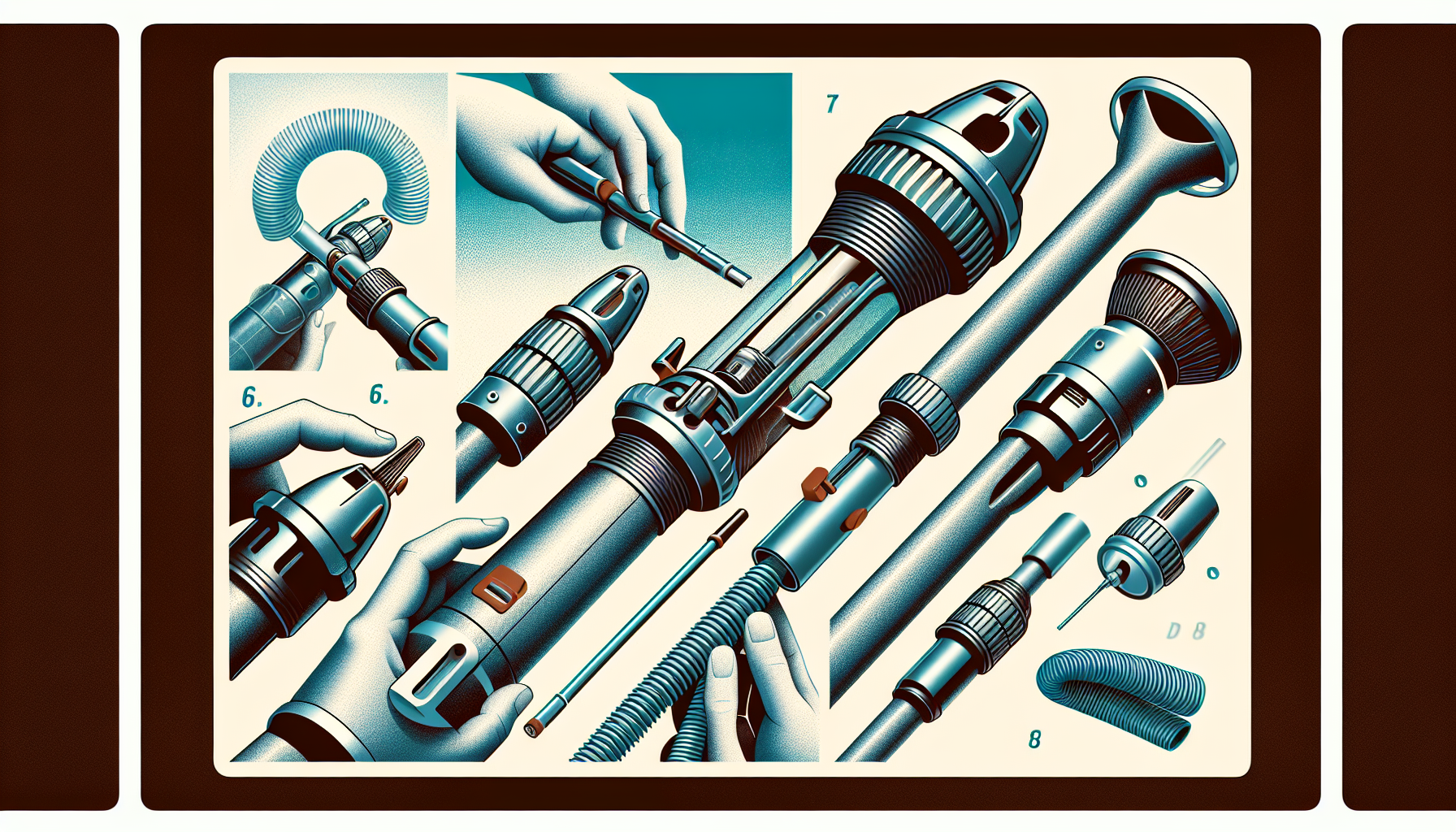
With your pool appropriately prepared, you can now assemble your manual vacuum. First, attach the vacuum head to the telescopic pole. This will allow you to reach higher areas and clean more effectively. You’ll hear a satisfying click when it’s securely in place, ready to scour the pool floor of all unwanted guests.
Next, connect the swivel end of the pool vacuum hose to the vacuum head. This allows for easier maneuvering when you’re guiding the vacuum across the pool floor, ensuring you don’t miss a spot.
The final step is to secure the stationary end of the vacuum hose to the skimmer’s vacuum adapter. If you’re using a vacuum plate, place it into the skimmer, resting on the skimmer basket, to ensure a secure connection. This connection is crucial; without it, you won’t be able to create the suction needed to pull debris into the filter system.
The Vacuuming Process Explained

With your manual pool vacuum all set, you can now initiate the cleaning process. Just like vacuuming a carpet, the key to vacuum a pool is slow and steady movements. You’ll want to make linear passes across the pool floor, covering every inch to ensure debris is properly sucked up.
It’s this meticulous approach that differentiates the experts from beginners, resulting in a comprehensive clean.
Begin at the Shallow End
Why start at the shallow end? It allows you to methodically work your way through the pool without disturbing the water too much. Begin vacuuming from the shallow end and move towards the deeper parts of the pool. This approach not only ensures that you cover all areas, but it also helps maintain clear visibility as you progress, allowing you to spot and target any areas that may need extra attention.
Starting from the shallow end also lets you get a feel for the vacuum’s performance. As you move towards the deep end, the increasing water pressure can affect the vacuum force, so beginning in the shallow allows you to adjust your technique as needed.
Monitor the Vacuum Force
Constantly monitoring the vacuum force is key to ensuring an efficient cleaning session. If you notice a drop in water flow, it might signal a filter clog or a loss of suction, both of which can impede your progress. Should you encounter a clogged paper filter, addressing the issue immediately will help restore vacuum efficiency and prevent you from going over the same area multiple times.
Monitoring the vacuum force not only ensures that your pool is being cleaned effectively but also helps you maintain your equipment. By catching and addressing any suction issues early, you can avoid unnecessary strain on your pool’s pump and filtration system.
Cover Every Inch
Vacuuming a pool is not a race. Take your time to overlap your strokes slightly with each pass, leaving no debris behind. Pay special attention to corners and areas around the main drain, which are often neglected but can harbor a surprising amount of dirt and debris.
The key to an immaculate pool floor is thorough coverage. By using sweeping strokes and ensuring you overlap each movement, you’ll capture debris efficiently and prevent the need to revisit areas. This attention to detail is what differentiates a good vacuuming job from a great one.
Disconnecting and Wrapping Up
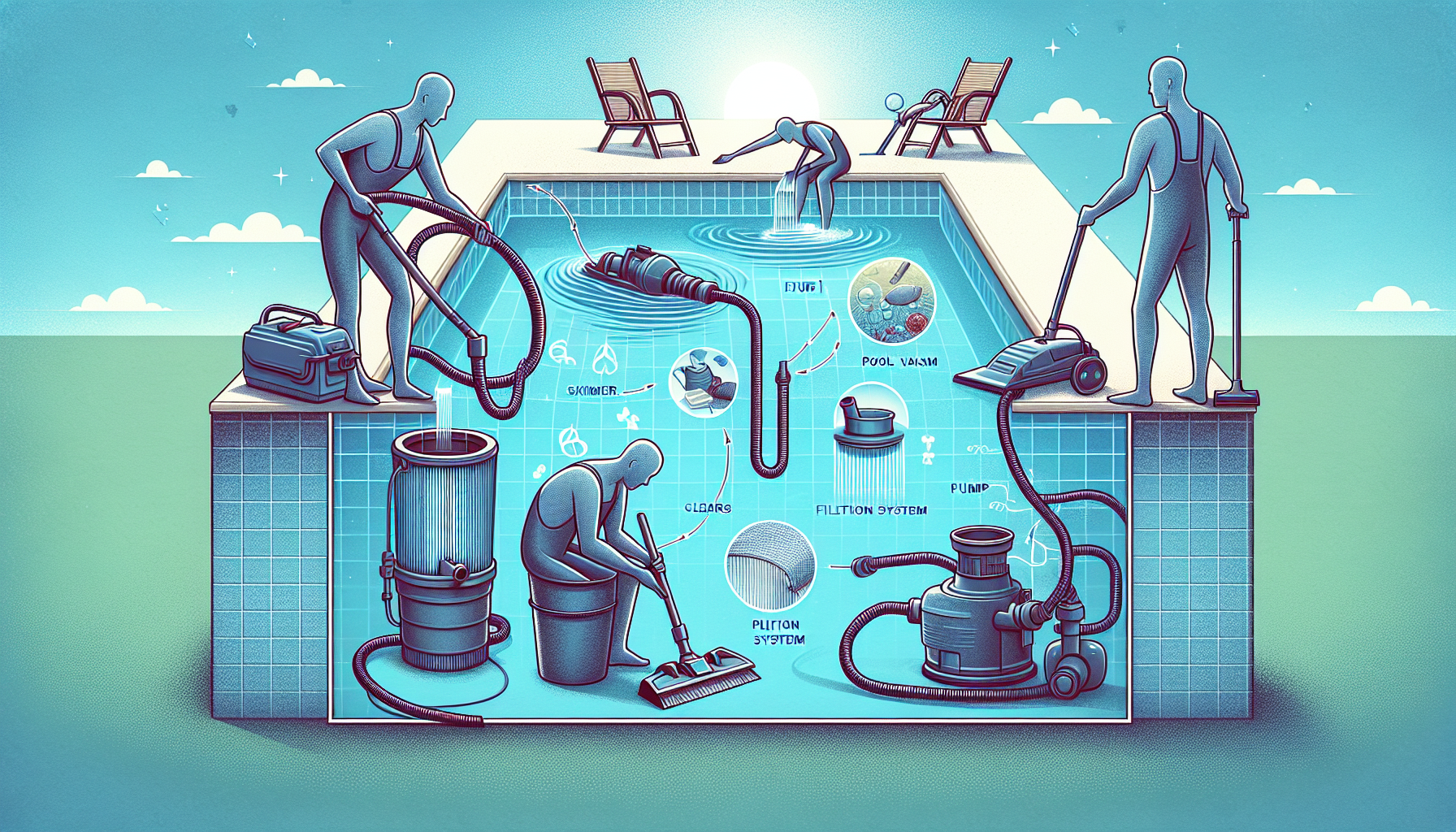
After completing the vacuuming process and the pool looks spotless, you can now disconnect your equipment and conclude the session. Here are the steps to follow:
- Carefully remove the vacuum head from the telescopic pole.
- Disconnect the hose.
- Rinse all the equipment with fresh water to remove any lingering chlorine or debris.
- Store it away properly, ensuring it’s ready for your next vacuuming session.
Clear Out the Skimmer and Pump Baskets
Even after the vacuuming is done, there’s still work to do. The skimmer and pump strainer baskets have been hard at work collecting debris, and they need to be cleared to maintain optimal suction for future cleanings. Empty the skimmer basket of any leaves, twigs, and other debris that it’s caught during the vacuuming process. Then, move on to the pump strainer basket, giving it a good clean to ensure nothing impedes the water flow.
This is also the time to switch the valve back to the ‘Filter’ setting if you’ve used the ‘Waste’ option during vacuuming. Remember to add fresh water to make up for any loss and to restore the water level to its proper height.
Care for the Filtration System
Your pool’s filtration system is an unsung hero that deserves attention post-vacuum. Monitor the filter pressure gauge and look for any signs that the pressure is higher than the normal range, which could indicate it’s time for a backwash. Performing a backwash will reduce the pressure and flush out debris, ensuring that your filter system continues to operate efficiently.
With proper care, your filtration system will keep your pool water clear and healthy, enabling you to enjoy your swimming pools without worries. Regular maintenance, including post-vacuum care, is key to extending the lifespan of your pool equipment and keeping your pool ready for a refreshing dip anytime.
Maintaining Water Quality Post-Vacuum
Following your diligent vacuuming efforts, it’s important not to compromise your pool’s water quality. Testing the water is a crucial step in ensuring a balanced pool environment, which is essential for the comfort and safety of swimmers. Perform a water test to check for proper pH levels, chlorine content, and other chemical balances. Adjust as necessary to maintain a healthy pool.
Maintaining water quality isn’t just about keeping the water safe; it also helps prevent algae growth and ensures your pool’s surfaces and equipment last longer. By staying on top of water testing and treatment, you’re not only safeguarding your investment but also ensuring countless hours of enjoyment in your pristine pool.
Alternatives to Manual Vacuuming
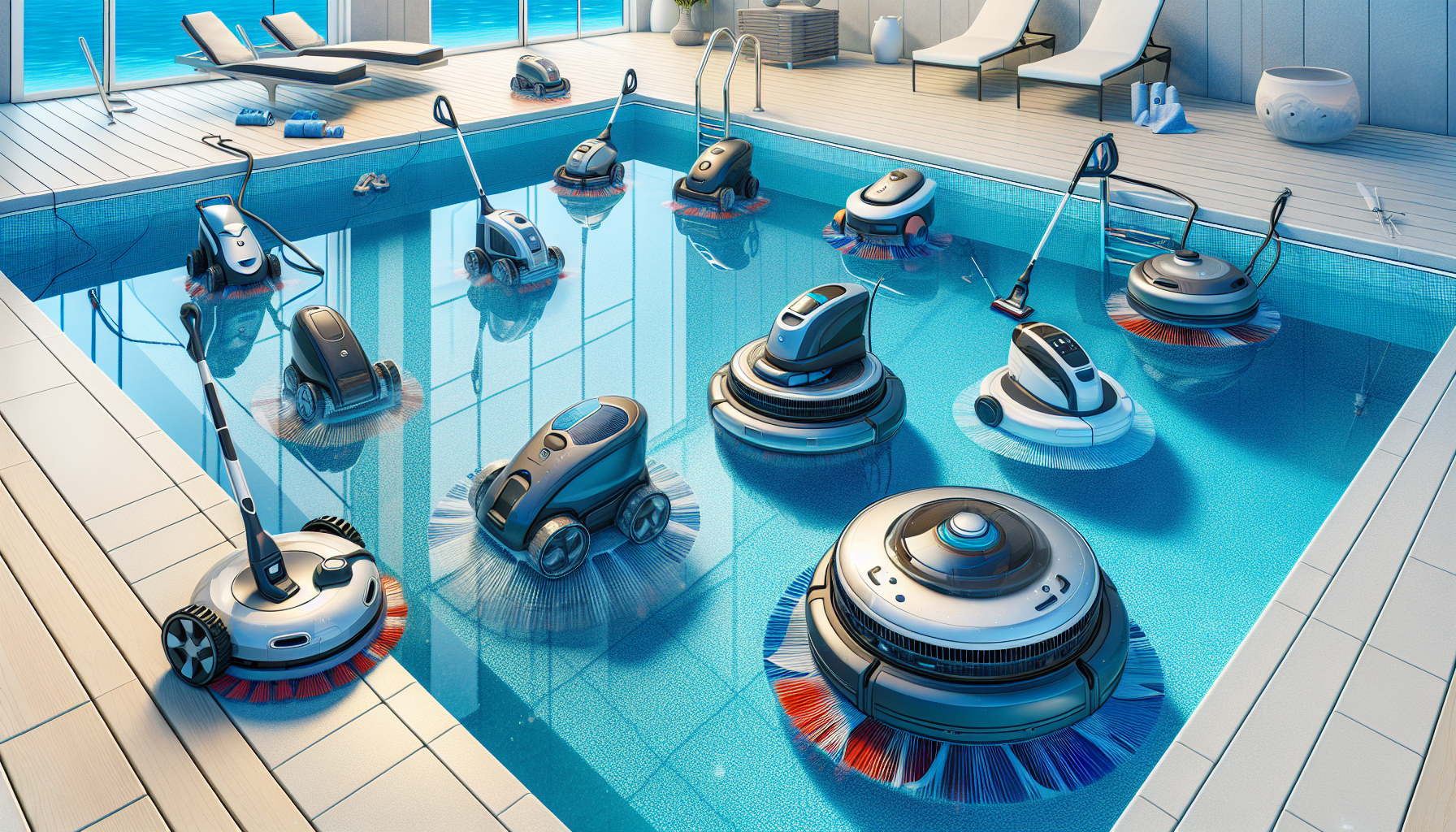
Despite the effectiveness of manual vacuuming, it’s not your sole option. For those seeking more convenience or facing time constraints, robotic vacuum cleaner pool devices offer a hands-off approach to pool maintenance. These smart devices can be programmed to clean on a schedule, navigating your pool with ease and often operating quietly when submerged.
For pools that tend to collect a lot of debris, consider a robotic cleaner with a large filter basket designed to handle everything from fine dirt to large leaves. And for those looking to avoid the hassle of cords and power outlets, cordless models like the Water TechniX SoniX provide the ultimate in convenience and efficiency.
Summary
To vacuum a pool manually like a pro, it takes more than just pushing a vacuum head around. It’s about understanding your equipment, preparing your pool, and executing a meticulous cleaning process. By following the steps outlined in this guide, you’ll not only keep your pool clean but also maintain its health and longevity. Remember, a clean pool is the centerpiece of any backyard oasis, and with the right techniques, you can ensure it sparkles all season long.
Frequently Asked Questions
Do I always need to start vacuuming from the shallow end?
Yes, starting from the shallow end is recommended because it allows for methodical cleaning towards the deep end, ensuring all areas are covered.
What should I do if I notice a drop in vacuum force?
If you notice a drop in vacuum force, check the pump strainer basket and filter system for debris and consider backwashing if the filter pressure is high. Regular maintenance can help prevent suction loss.
How often should I skim the pool surface?
You should skim the pool surface before each vacuuming session to remove debris and regularly in between to maintain cleanliness and prevent debris from sinking to the pool floor. This will help keep your pool clean and debris-free.
Is it necessary to backwash the filter after vacuuming?
Yes, if the filter pressure gauge shows higher pressure after vacuuming, it’s advisable to backwash to remove debris and maintain proper operation.
Can robotic pool cleaners completely replace manual vacuuming?
While robotic pool cleaners are convenient and efficient, manual vacuuming is still recommended for thorough cleaning, especially in pools with heavy debris or unique shapes. It’s important to use both methods for the best results.

